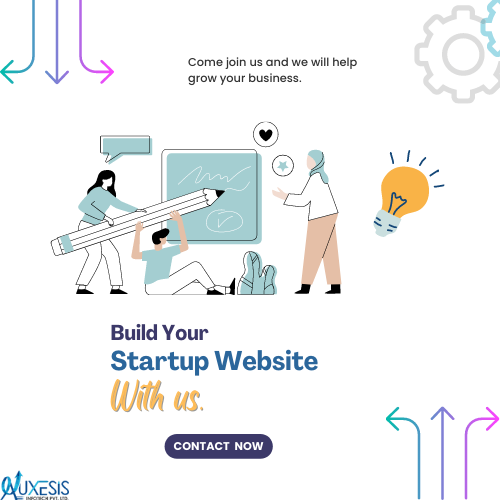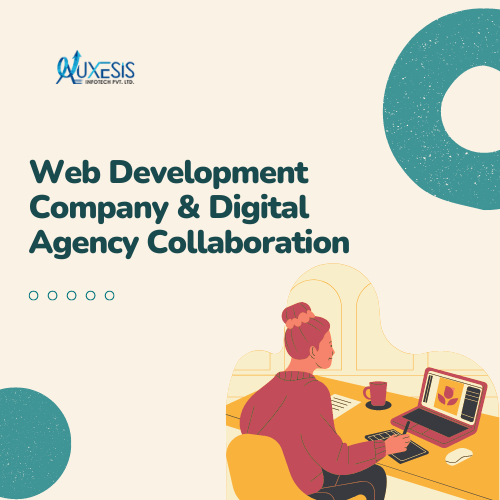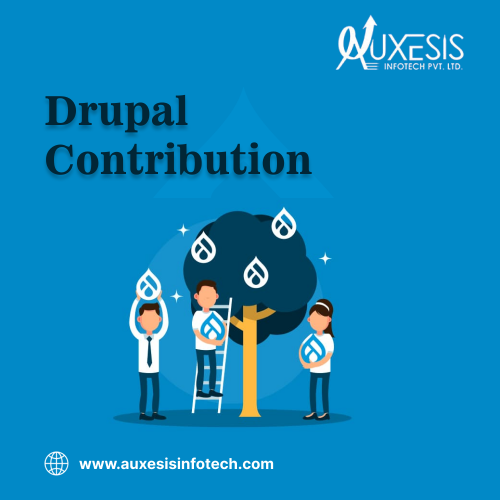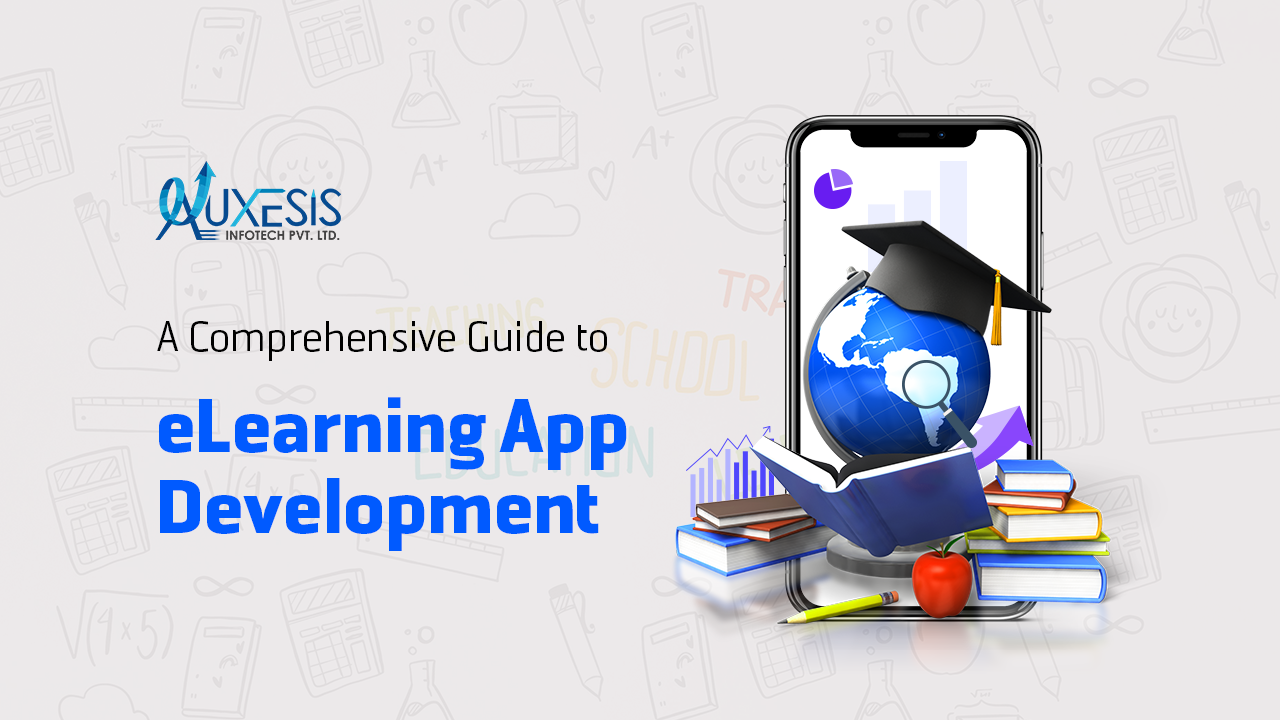
Table of Contents
|
Are you looking forward to leveling up your teaching and training skills?
If yes, you need to keep up with the constantly evolving modern education system. Today where every single industry is shifting to online mode, online learning also has become the face of modern education now.
Online learning helps save and manage time, gives flexibility in teaching, makes space for independence in choosing the learning methods, and gives a constant push.
Since it opens up the window of opportunities for students, teachers, and educational institutes, the majority of them have started using an eLearning app for education.
We can say that educational apps have revolutionized the traditional form of chalk and board classes to interesting and technologically advanced sessions.
Not only the educational institutes, but big companies have also shifted to online learning. The biggest reason is the competitive advantage that they are getting over their contemporaries.
According to a report, companies have experienced a huge reduction of around 80% on the cost of printing that they used to incur on training magazines. Also, eLearning apps have reduced learning time up to 60% as compared to traditional learning. Moreover, it consumes 90% less energy than physical training requires. And, thus, big corporate houses are lured to online learning and want to incorporate the same in their system.
Considering this shift especially after the COVID-19 pandemic, the dynamics in the educational arena have changed. Now, eLearning apps are dominating the sector and are showing no signs of relapsing shortly.
Let’s have a look at a few market stats that will give you a clear picture of how big the eLearning market is and what you can expect in this specific area:

Now that you have got an idea of how online learning apps are dominating the market, let’ see what is it and what are different types of eLearning apps available in the market?
What is an eLearning App?
E-Learning or M-Learning or online learning app supports learning at one’s own pace and time. An interactive web page or an app is used as a platform to facilitate education and offer access to resources to users. However, it’s the app on which a user experiences the best user experience.
The main motive of creating an eLearning app is to facilitate the most up-to-date teaching methods such as project-based learning, problem-based learning, cooperative learning, and gamification.
Using an eLearning app, users will get:
- A platform for video lessons
- Progress report of students/trainees
- Interactive material like quizzes, tests, and assessments
- A customized growth plan
- Different resources and course material
Simply quoting, the online learning educational apps enhance the user experience while giving them the desired flexibility, convenience, and an autonomous approach towards teaching and learning.
The best example of such an educational portal is Udemy. It gives a platform for teaching and training purposes. The platform is quite popular amongst students, teachers, and institutes. It is because of its wide variety of courses in different domains, right from digital marketing to mobile app development.

It is best for those who need wide exposure as it gives you access to learners from all around the world. Moreover, you completely own your content where you create and control it. Also, your users get the flexibility to learn from anywhere, right from the comfort of their homes.
Other than this, there are many benefits that an eLearning app like Udemy can offer. But again, for that, you must consider investing in an eLearning platform first.
|
Want an eLearning App Just Like Udemy? |
So, now that you know how an eLearning app can contribute to your education system, let’s see different types of eLearning apps that are in the market. Make sure you pick the right one considering your target users, vision, nature of the business, and other factors.
Six Education Portals You Can Consider for Your Education Business
1. Student Management System

The student management system is the software that manages student data and keeps track of student admissions right from initial communication to the final enrollment.
Educational establishments can have efficient control over students’ data where they can strictly monitor student performance and supervise the same to multiple branches.
You can consider it as one solution for complete management that includes easy access to forums, attendance, grades, and schedule.
2. Assessment Software
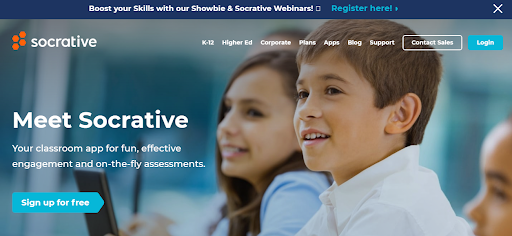
Assessment software can be considered as a survey tool typically designed to get more detailed information about grades, subjects, classes, and teachers. Teachers and trainers can access it from electronic devices and helps in quick grading and generating automatic results.
It is especially beneficial for teachers as they get crucial insights beyond a pass or fail title that helps to adjust their teaching style and work on the loopholes. Also, it saves time as the grading is done automatically.
3. Virtual Classroom Software

Virtual classroom is the software that training and educational institutes use to host classes remotely. It is best to deliver live teaching and training while maintaining a similar environment to a traditional classroom set-up.
Virtual classroom software provides a platform for students and teachers to communicate and collaborate using features and functionalities like screen sharing, video conferencing, and online whiteboards. Moreover, it creates an interactive setting for all that allows holding live lectures and discussions.
4. Video Conferencing Software

Zoom or Google Meets are the two popular apps that come to mind when we think of video conferencing software. Well, video conferencing software can be considered as a group collaboration tool for students, teachers, and other management teams in an educational establishment.
It provides easy access to meetings, resources, courses, and lectures with a simple user interface while connecting the students with the mainstream preparation.
5. Learning Management System

A learning management system helps level up your teaching standards through the creation, management, and delivery of various courses. It prioritizes classroom-learning style while adhering to traditional methodologies and helps organize and streamline the entire system.
Moreover, the inbuilt tracking tool helps in monitoring the progress of the program/course and managing the academic operations.
6. Online Tutoring Platform
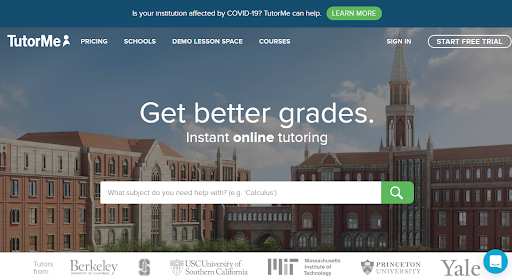
Online tutoring platforms are a great way to manage your tutoring business efficiently. This specific software is best for those who run classes or have tutoring businesses. It not only helps upgrade teaching methods, but also streamlines other administrative tasks like scheduling, billing, and more.
You will get detailed information about subjects, teachers, classes, and students through notifications. It provides you with a great way to build your academy and turn it into a thriving business online.
|
Already have an education portal or educational website? If yes, get a quality analysis done to know whether it is functioning properly or yielding the best results for your education business. |
Now that you know various types of eLearning apps available for you to upgrade your education business, let’s look at different app development platforms you can consider for eLearning software development.
Native Vs Hybrid Vs Cross-Platform - Which is a better choice for your eLearning app?
The platform you choose for eLearning mobile app development will serve as a competing factor that may affect your budget and time of delivery. Thus, we are here with a quick comparison amongst the three most common and popular platforms: Native, Hybrid, and Cross-Platform. So, let’s begin!
What are Native Apps?
Native apps are specifically designed to run on a particular device or operating systems, such as Android, iOS, and Windows. These apps are developed with the ability to use the hardware and software of a specific device. Dedicated users can access iOS, windows, and android apps through their respective app stores.
Native mobile apps are considered to deliver optimal performance as they are built using core programming languages for specific platforms. This particular feature makes them super fast and responsive.
Moreover, this type of app also comes with reliable data protection and complete security while allowing the users and developers to access the entire feature set of the device.
What are Hybrid Apps?
Hybrid apps include a combination of elements from both native and web applications. In fact, hybrid apps are more like web apps.
As far as performance is concerned these apps provide an extra layer between the platform and source code that may impact the speed a little.
They have a fair share of advantages like easy maintenance, affordable, enhanced UI/UX, and wider market reach. Also, you can run them on multiple platforms and can work online and offline both ways.
What are Cross-Platform Apps?
Cross-platform apps are the ones that are designed to run on multiple mobile platforms. Their design makes them compatible with most operating systems like Windows, iOS, and Android. Usually, cross-platform apps are preferred by developers as well as businesses because they are single code apps that can be run on various platforms.
Moreover, these can be launched faster in the market and they have a quick turn-around time. As far as performance is concerned, cross-platform apps do a good job. When it comes to technology, then you don’t need to worry about that part as it is constantly evolving with time and you are likely to see advancements in the coming time.
Here’s a quick comparison table between the three platforms:
| App Type | Native |
Hybrid |
Cross-platform |
| Debugging | Uses native debugging tools |
Uses native and web dev debugging tools |
Depends on the framework |
| Codebase | Individual coding-separate for each operating system |
|
|
| Pros |
|
|
|
| Cons |
|
|
|
| Dependency | Less dependent on other open-source libraries and platforms | Extensively dependent on different libraries and tools | Extensively dependent on different libraries and tools |
| Rendering Engine | Native | Browser | Native |
| Tools | XCode, App Code, Android Studio | Ionic, Apache Cordova, Visual Studio | React Native, Flutter, Xamarin |
| Cost | Higher | Cost-effective | Cost-effective |
| Time To Market | Time Consuming | Time saving as single code can be reused | Time saving as single code can be reused |
Considering the points above, if you ask, what’s the best mobile application development technology to build an app?
Businesses go with either hybrid or cross-platform mobile apps because they are cost-effective and take less time in development as compared to native apps. But it also depends on your requirement, budget, and other factors.
If you own a startup business then, both hybrid and cross-platform have a wider and fast reach to the market. You can expect the results in less time. Even if you have an established business, you are obliged to serve your customers.
Here hybrid and cross-platform apps are user-friendly that helps navigate the apps easily and help retain customers at large. Also, they are compatible with more than one device or platform and can be launched faster in the market.
|
Want to offer your learners a rich, fun-filled user experience? Discuss your requirements with us, we will develop an engaging and smart eLearning app for your education portal. |
Now that you have gotten a fair idea of which platform will suit your requirements, let’s see the top five industry trends that you must follow for your eLearning software development.
Top Five eLearning Industry Trends You Must Follow

When it comes to education, it seems that the future of education lies in eLearning. Using updated technology according to industry trends is the safest bet. It not only keeps you ahead of competitors but also offers effective training and learning experience to your users. Here are five top trends that you should follow if you are planning to create an app for your education business:
1. Mobile Learning
Over the years, the number of mobile users has significantly increased. Considering the popularity of mobile technology, it gave people a chance to shift to mobile for online classes as an alternative to the traditional style of education, especially during the pandemic time.
It seems that mobile learning is the future as it gained tremendous popularity during this time owing to its benefits.
Mobile learning offers mobility, flexibility to conduct modules anywhere and anytime. Moreover, it is cost-effective, engaging due to seamless accessibility and great versatility, and also facilitates great visuals and content.
2. Personalization
Personalization is something that enhances the user experience and gives you an edge over competitors. When you are building an eLearning app, make sure you add personalization considering the needs of the target users.
If you closely look at the eLearning industrial arena, you will realize that users have shifted from training-led learning to self-learning platforms. Here you get a huge margin to add personalization and enhance user experience. Key elements you can customize are learning pace, instructional approach, and course content.
Online learning is all about allowing learners to learn at their own pace, thus, you must consider adding personalization to your eLearning app. Right from students looking for a diploma/degree to working professionals all are looking for platforms that offer a degree of choice about the course content, time, and learning methodology.
3. Mixed Reality
Mixed reality is a blend of VR and AR that focuses on giving an immersive learning experience to its users. It could be seen as another biggest trend that can revolutionize the entire eLearning industry in the future.
Nowadays, people have shifted to visual content rather than textual, be it images, infographics, or videos. Here mixed reality could be valuable for learners.
In fact, to make learning more fun, eLearning platforms need more visual assistance to understand the nitty-gritty of the subject. For instance, a teacher can show the structure of the chemical bond through a 3D video and how it is formed.
4. Gamification
Gamification is one of the crucial trends that have gradually become the standard in eLearning. The biggest reason for its popularity is the gaming formats that make the learning experience more enjoyable and immersive. It certainly boosts engagement and participation on the part of learners.
The fact that gamification is an engaging way of learning, it best work for kids from primary classes. Story-telling through visual designs and adding rewards, later on, is a great way to gamify your content and create immersive learning content.
However, it is also used for enhancing the learning experience for students from colleges and schools. You can include various gaming elements in your eLearning courses such as a timed quiz, badges to motivate students or a story-led life-saving game.
All this will not only create an enjoyable learning experience, but will also improve productivity, promote continuous learning, and contribute to active participation on the part of students.
5. Micro-Learning
Microlearning is another trend that deals with relatively small learning activities that reduce cognitive overload, improve knowledge retention, and engagement. And, this trend doesn’t seem to leave us any sooner.
You can add short microlearning videos to break down complex tasks and make the entire module interactive. Short scrolling pages in the course content, short masterclasses, short and snappy quizzes, and games are the best examples that you can incorporate into your course content.
It is best suited for corporate houses to train their employees and staff by educating them about their tasks without eating much of their time.
After the pandemic, microlearning became useful for many corporate houses and organizations to impart corporate learning to their employees. They can now provide training tailored to each employee considering his/her needs, making the entire process relevant for employee growth.
Core Features You Should Consider Including In Your eLearning App
The best learning platform offers progressive features focused to provide education and training along with a great learning experience. Here are a few features that you must ask your mobile app development team to include in your app:
|
So, you have made up your mind to build a feature-rich and scalable eLearning app, right?
|
If so, let’s get on the same page! |
Cost of eLearning Mobile App Development
Since you’re thinking of developing an eLearning app, its development cost is the most important thing you want to know, right?
We know you are looking forward to enhancing the learning experience and leveling up against your competitors. The first question that would come to your mind is, how much does it cost to develop an eLearning app?
Well, the cost of eLearning app development depends on various factors. It includes features, UI/UX design, the nature of the eLearning app, and the platform chosen for software development. Other than this, the complexity of the app and the team employed also impact the cost.
Considering the above factors, the average per hour cost ranges from $40 to $60. Well, the time taken for the mobile app development process could vary depending on project complexity and the terms and conditions mentioned in the agreement.
Still, assuming the time taken to be 1000 hours, the cost of mobile app development for your eLearning business may range from $40000 to $60000.
Get Yourself a Feature-Rich ELearning App from Auxesis Infotech
You are looking for an expert team to develop a robust, aesthetically pleasing, and fully functional education portal. You don’t need to worry anymore! Our team of experts at Auxesis Infotech - a reputed eLearning app development company, is here to help you develop a top-notch eLearning app at an affordable cost.
If you want a powerful eLearning solution right at your table loaded with incredible features, interactive designs, a simple user interface, and aesthetically pleasing visuals, connect to us here.
Recent Blogs
Our Clients





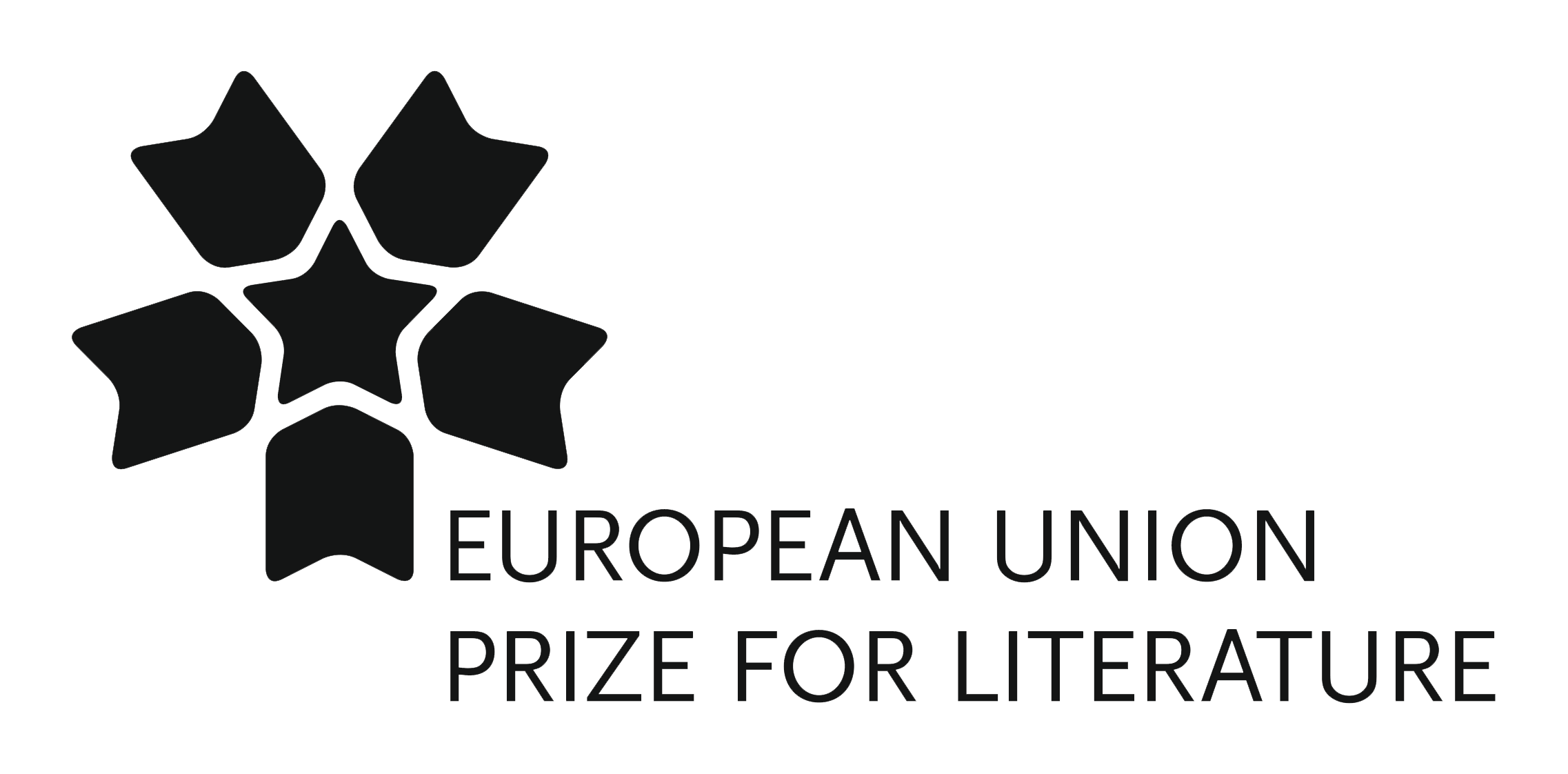


_0.png)

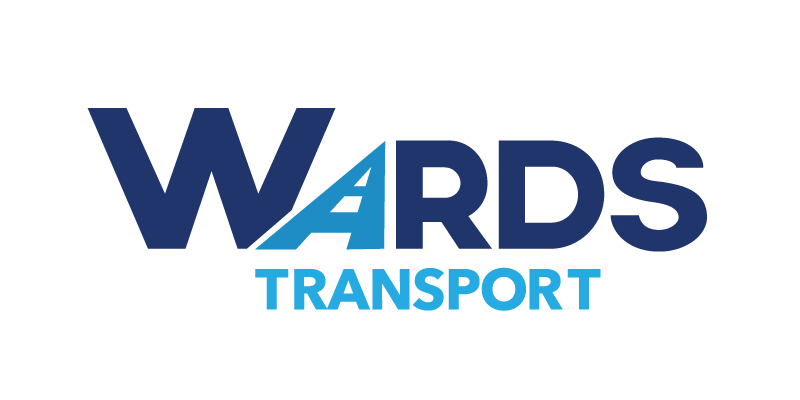



















Clutch & GoodFirms Reviews
Our success is demonstrated by having the most reviews compared to competitors.
Auxesis Infotech provides web development support on our Drupal platform. They are always flexible enough to help us achieve our goals. Very pleased with Auxesis competance, flexibility, communications and execution.
5

Richard Halderthy
Director Brand & Communications, Saint Gobain Ltd
30 Reviews
Powered by Clutch ![]()
I'm impressed by their communication and speed of action. Ever since we launched the redevelopment, there’ve been many compliments on the improved look, functionality, and ease of navigation.
5

Ryan Titley
Director of Projects, ERRIN
30 Reviews
Powered by Clutch ![]()
Get in touch with us!
Please fill in the form below, and one of us will get you or respond to your queries soon.
